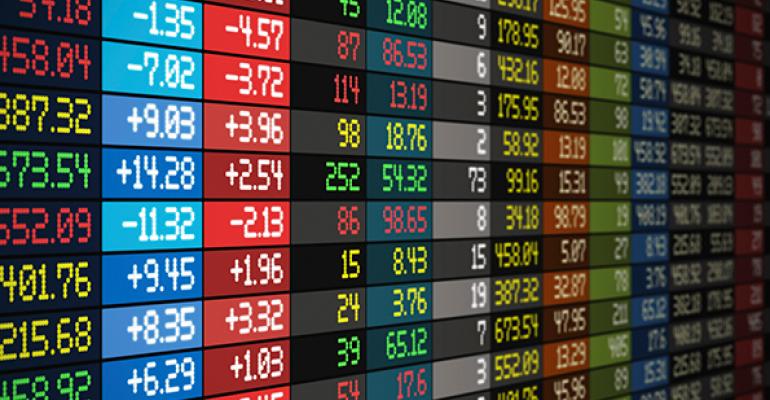Many studies have shown that active managers consistently underperform passive investments. But how does investor behavior affect these returns? A new Dalbar study shows that active investments produce superior investor returns over long time periods, while passive investments have better investor returns over shorter periods.
Dalbar attributed active higher investor returns to the tendency of these investors to stay invested for longer periods.
Investor return is defined as the change in assets, after excluding the effects of sales, redemptions and exchanges, Dalbar says.
For the 15-year period ending Dec. 31, 2016, annualized investor returns were 4 percent for actively managed funds, compared to 2.85 percent for passive funds. For the five-year period, investor returns were 8.51 percent for active and 8.12 percent for passive. Meanwhile, for the three and one-year periods, investor returns were 5.4 percent and 9.4 percent for passive, respectively, compared to 3.66 percent and 6.73 percent for active.
“The explanations for why active investments caught up with the superior investment statistics of the passive funds include better investor retention during market downturns, asset allocation, and capital preservation strategies of active investments,” Dalbar said.
The consulting group looked at the 10 months when passive funds had the greatest advantage in investor returns over active funds. In the months when passive had the greatest advantage, returns were positive in eight of the months. In the months when active had the advantage, returns were negative in each month—an indication that passive provides greater capital appreciation while active offers greater preservation.
“It has been shown that investors are significantly less likely to withdraw from a down market if they know that a capital preservation strategy is in place,” the Dalbar report said. “This limits the costly investment error of selling low.”
Active funds also have less transparency; thus, temporary market changes are less visible to investors. That slows the pace of decision-making and results in fewer bad decisions, Dalbar points out. By contrast, passive investors are inundated with news about popular stock market indices, and they often react to the activity by buying high and selling low.





